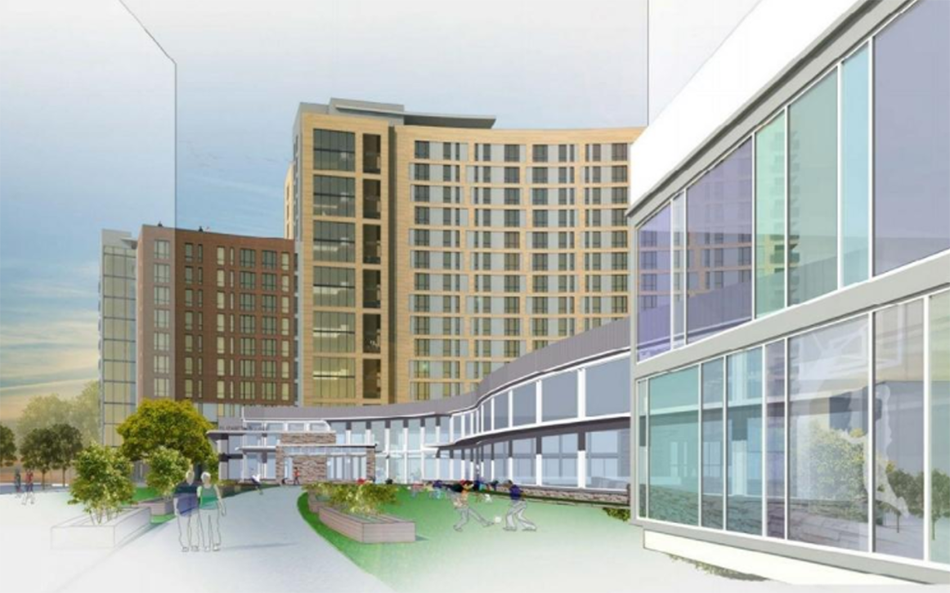
By Stacy L. Spann and Christina Autin, Guest Columnists
With leaders from across the country attending this year’s 2Gen Summit in Sarasota, there is no better time to share and promote approaches to reducing poverty and increasing access to opportunity.
Research by Dr. Raj Chetty, a Stanford University economist, reveals that low-income children experience better life outcomes when they relocate to high-opportunity areas. Additionally, children of families who move into those areas, using housing vouchers, generate significantly greater earnings later in life.
Nevertheless, we are reluctant to pin the hopes of solving multi-generational poverty solely on moving families to high-income communities.
When families move to communities of opportunity, strong connections to career, educational and recreational resources are paramount. For affordable-housing providers, the connection may often begin and end with housing assistance and programs targeting the head of household. But providing families with meaningful connections to services cannot end there.
At the Housing Opportunities Commission (HOC) of Montgomery County, Maryland, we are “housers.” That means we focus our work on just three things: getting people housed; keeping people housed; and helping customers reach their fullest potential.
Moreover, we recognize the importance of a responsive relationship among those three objectives. Helping families achieve individualized, long-term success requires connecting all members of a household to an organization’s basket of services.
Providing families with the very best service requires taking a whole-family approach — focusing on creating opportunities for and addressing the needs of both children and parents.
This approach recognizes that families come in all different shapes and sizes, and that families define both themselves and the goals they hope to achieve. It means recognizing and respecting that success looks different for everyone, and requires meeting families where they are along that continuum.
HOC honors the diverse experiences of the families we serve by acknowledging that our customers are the experts in their own lives. Adult programming, such as our Family Self-Sufficiency and Fatherhood Initiative programs, centers around helping individuals identify goals; creating a plan of action to accomplish those goals; and offering customized supports along the way.
These programs maintain elements of a whole-family approach, intentionally focusing on outcomes for both parents and children such as financial literacy, tuition assistance (parent-focused, with elements for children) and healthy parenting skills (child-focused, with parent elements). Providing stable housing and programming for parents allows us also to address child well-being.
HOC Academy offers after-school tutoring, homework clubs and a multitude of STEM (science, technology, engineering, math) enrichment opportunities that help kids focus on attaining their goals. While housing assistance gets families in the door, it is our ability to provide comprehensive programming that puts them on the path to reaching their fullest potential.
Our whole-family work marries programming and service connections with an approach we call Community-Connected Housing. Community-Connected Housing exists in healthy neighborhoods with strong employment, career advancement, educational and recreational access, and positive social interaction between neighbors.
In one of the most highly desirable communities in the nation, we have the opportunity and responsibility to provide even greater access to resources that foster opportunity for families.
When deciding where to develop future housing, HOC looks to neighborhoods with as many essential assets as possible, such as strong schools and transportation access.
Furthermore, we use data from our online HousingPath waiting list, which remains open year-round, to determine where the need for affordable housing and services exists — supporting our ability to get people housed in communities where they can thrive.
In communities where critical amenities don’t exist, organizations must act as conveners to create connected communities where possible. One shining example is our partnership with the Montgomery County government to put a top-tier regional aquatic center at the Elizabeth Square redevelopment in Silver Spring, Maryland.
Elizabeth Square promotes mixed-income, multi-generational living through units identified for seniors as well as families, both affordable and market rate. In addition to creating meeting places for neighbors to interact, Elizabeth Square will house an educational kitchen operated by the county and a wellness center operated by Holy Cross Hospital.
Acting as the nexus between families and critical services and resources, Elizabeth Square is the physical embodiment of getting people housed, keeping people housed, and helping customers reach their fullest potential.
In considering strategies for creating opportunity for families and reducing poverty in our communities, we firmly believe the best approach is always a holistic one. When we focus on needs of both parents and children, and consider the universe of services and supports we can provide to them together, we move the needle and help families reach both self-sufficiency and their fullest potential.
Stacy L. Spann is executive director of the Housing Opportunities Commission of Montgomery County, Maryland. Christina Autin is legislative and communications manager for the commission.
